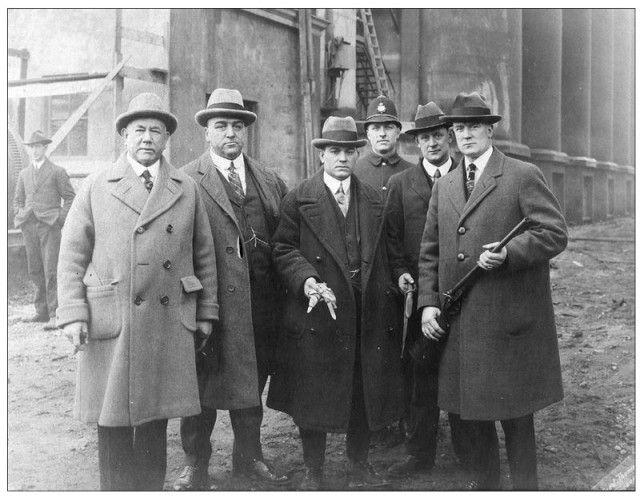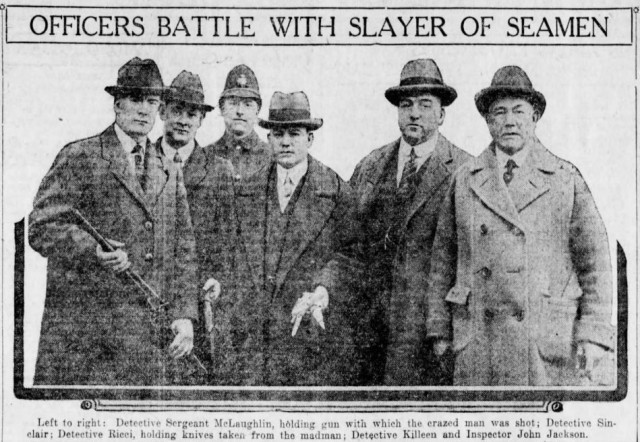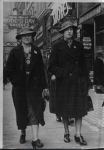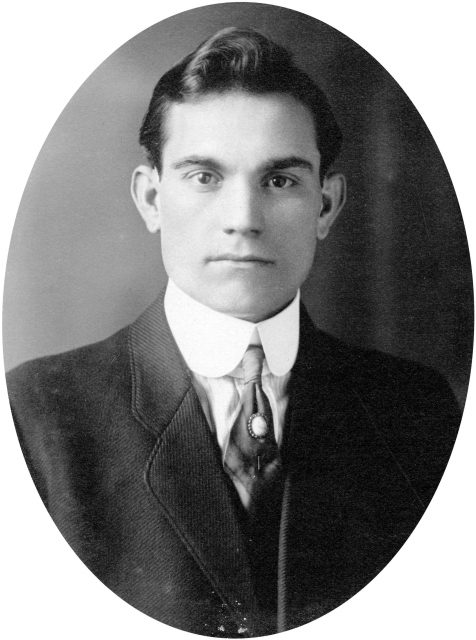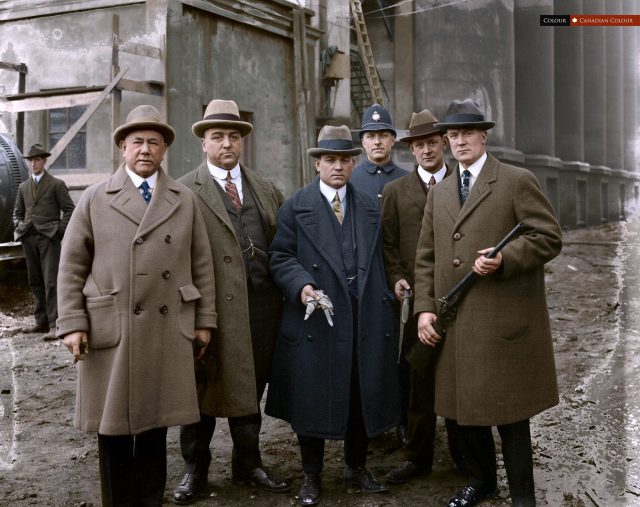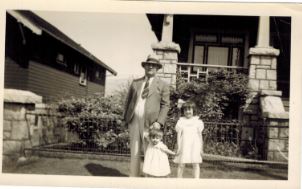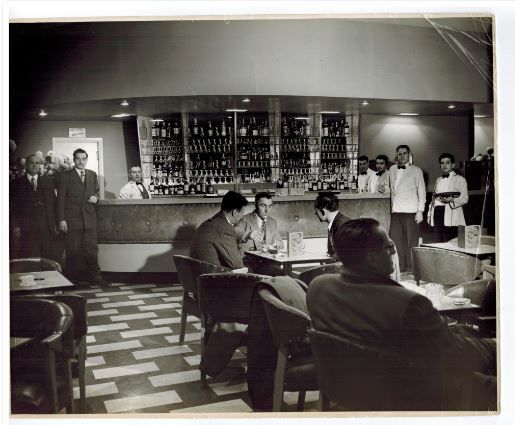On March 20, 1917 Police Chief Malcolm MacLennan, 44, was killed in a shootout with a drug addict. This is an excerpt from Sensational Vancouver:
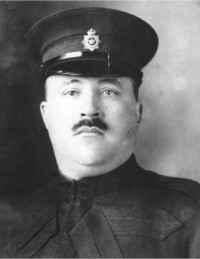
Robert Tait, 32, a drug addict, police informant and pimp from Detroit lived in a rundown apartment over a grocery store at 522 East Georgia with his girlfriend Frankie Russell.
Russell, 28, had numerous arrests for prostitution, theft and drug possession. At one point she worked out of Marie Gomez’s House of all Nations, a high-profile brothel on Alexander Street. She later became notorious in the press as the “white girl of the underworld.”
After months went by in unpaid rent the owner Frank Smith decided to evict them. When Smith entered the kitchen he was greeted by Tait brandishing a shotgun. He told Smith “leave or I’ll blow your brains out.” Smith left and called police.
It was dark and raining by the time Detective John Cameron and three constables arrived and knocked on the kitchen door. Moments later a blast from the shotgun fired through the frosted glass of the door, catching Cameron in the face and tearing out his eye. The other police, all of them bleeding from shards of flying glass grabbed Cameron and retreated back out into the street.
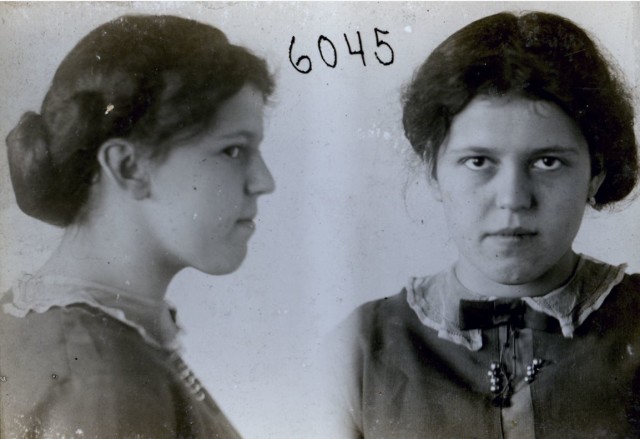
As Tait blasted away through the door, George Robb, 9, was walking from his house to buy candy at the nearby store. The boy was killed by a bullet to his back from Tait’s rifle.
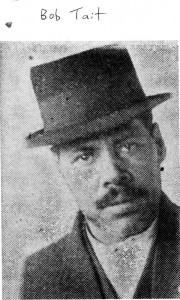
Police called for back-up and Deputy Chief Bill McRae, Inspectors John Jackson and George McLaughlin, Chief Malcolm McLennan and detectives Joe Ricci and Donald Sinclair rushed to the scene.
“We were in the hallway. Tait was in the kitchen. He had a loaded shotgun and warned us he would use it if we came a step closer. The Chief said he was going in to get Tait. I tried to reason with him because I was sure Tait would shoot. As soon as the chief stepped out of the hallway into the kitchen he got the full shotgun charge in the face, killing him on the spot,” Ricci told a reporter in a 1961 interview with the Times Colonist. “I crept up as close to the doorway of the kitchen as I could and grabbed the dead Chief by the ankle. I dragged him along the hallway out of range. Then we carried him out of the house to a police car. I still feel sick at my stomach when I think how close I came to getting the shotgun blast myself.”
Four hours after police first entered the building they went back inside and found that Tait had blown off the top of his head with a shotgun, fired by pulling the trigger with his toe. He was lying on top of Russell, who was unhurt, but heavily splattered with his blood. The walls were riddled with bullet holes, and police found two heavy calibre rifles, a double-barrelled shot gun, two revolvers and a stock pile of ammunition.
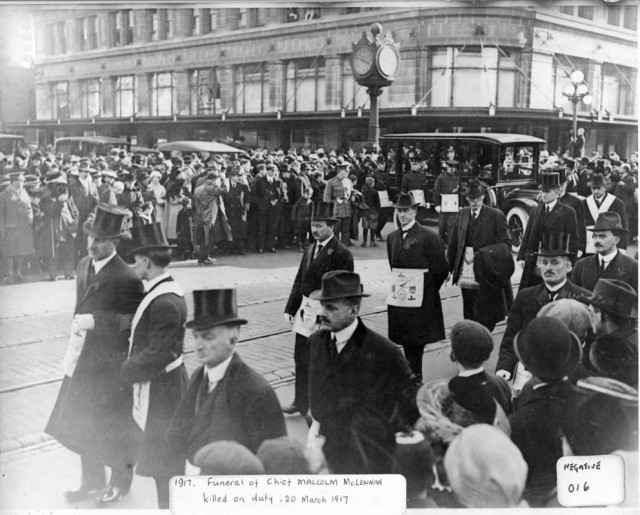
Malcolm McLennan was a popular chief who had served on the force for 20 years. He left a wife and two boys aged 9 and 11 in the family home at 739 East Broadway.
© All rights reserved. Unless otherwise indicated, all blog content copyright Eve Lazarus.



